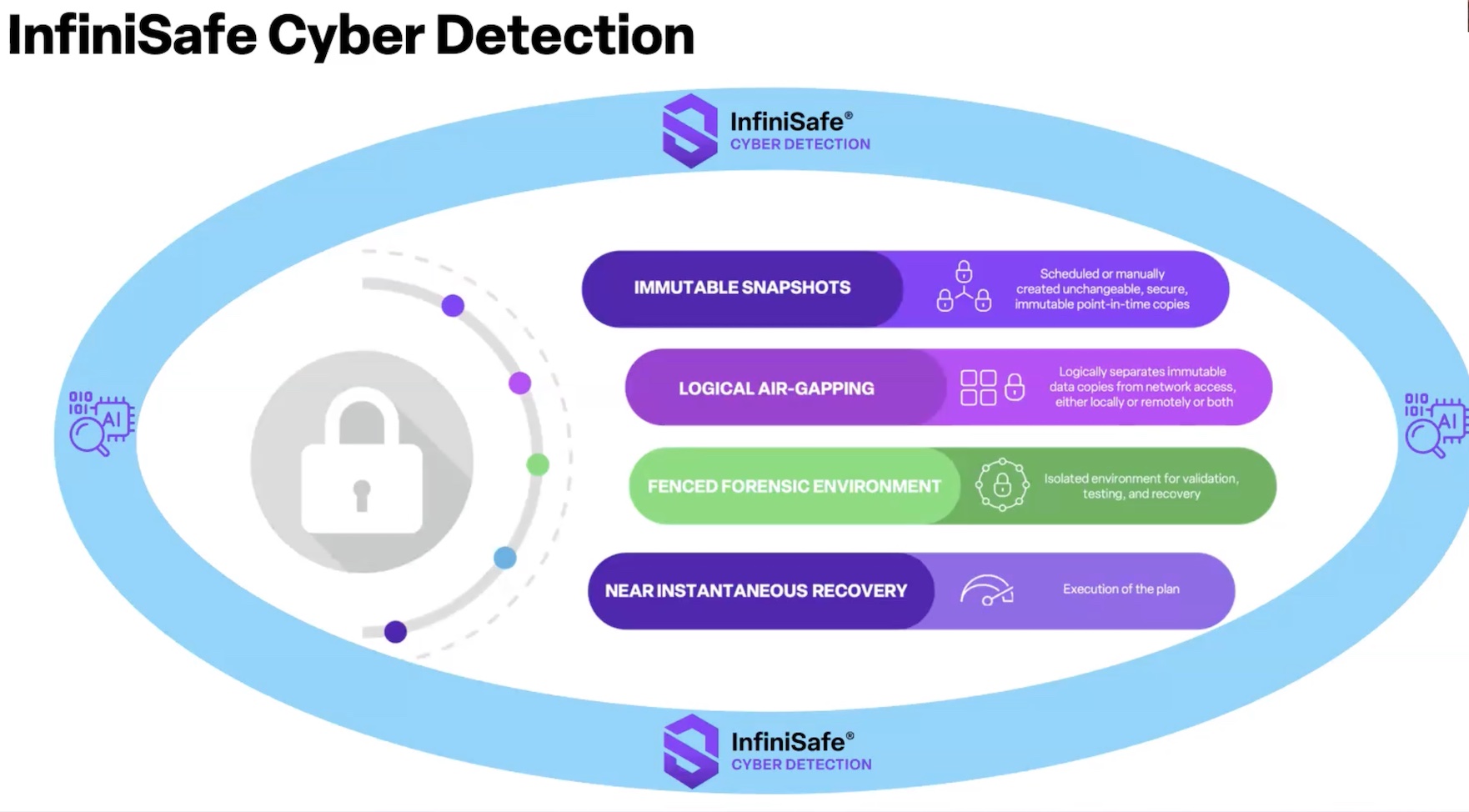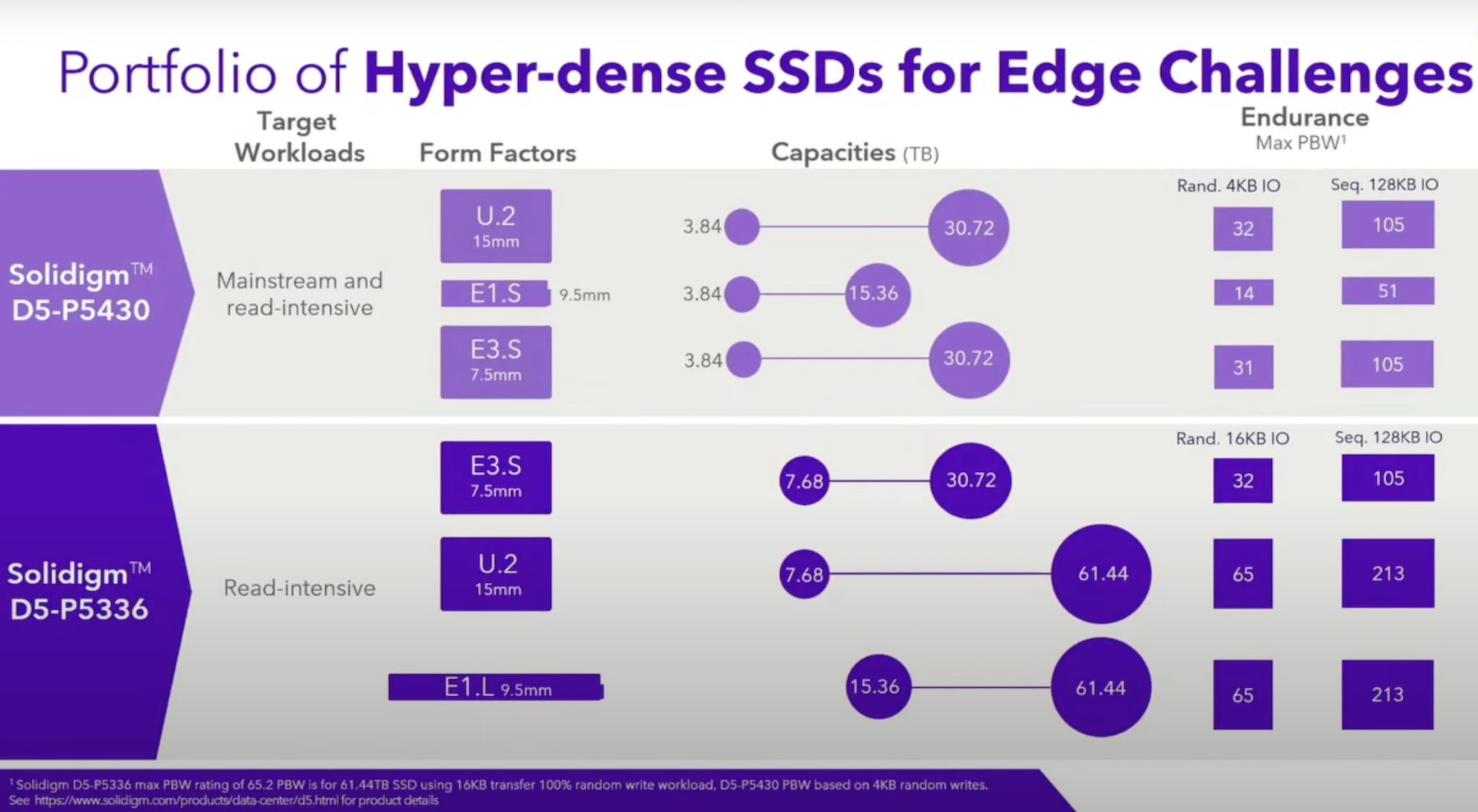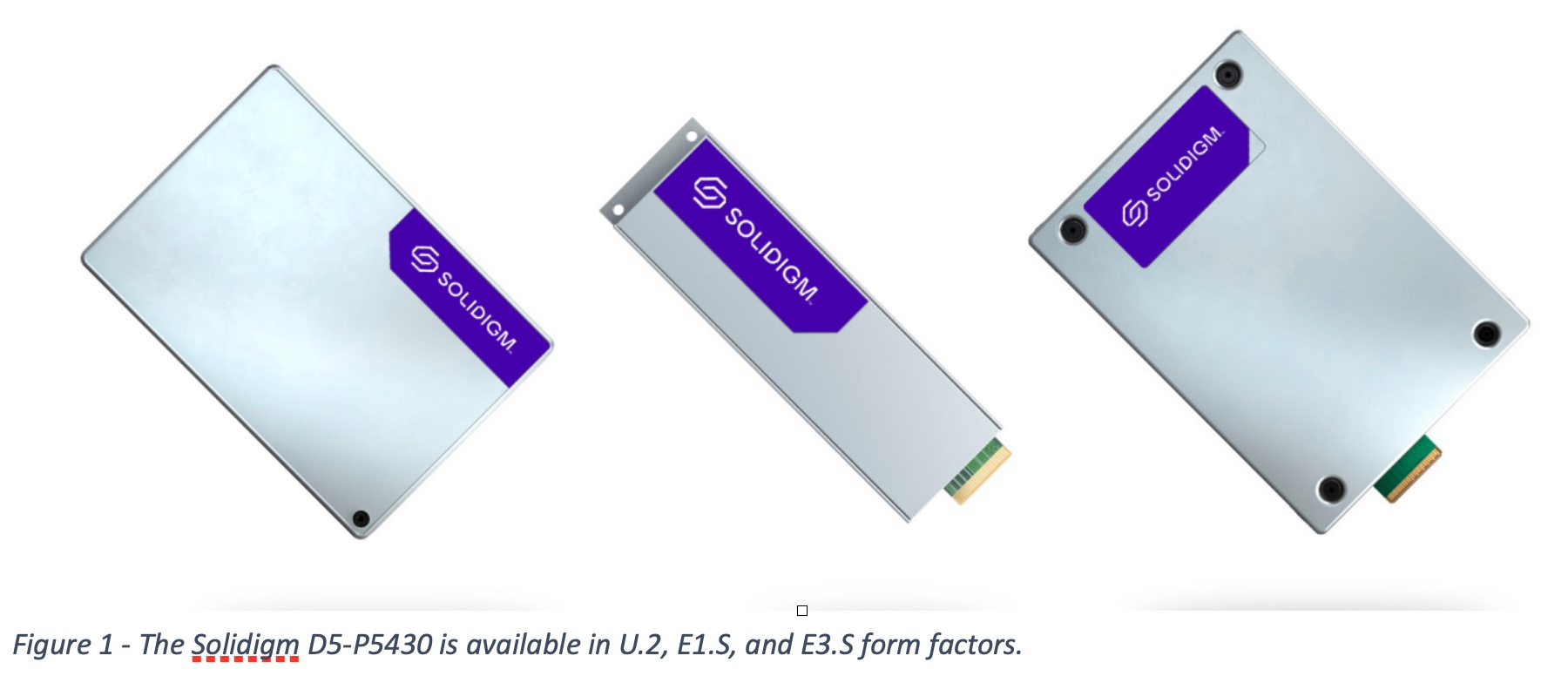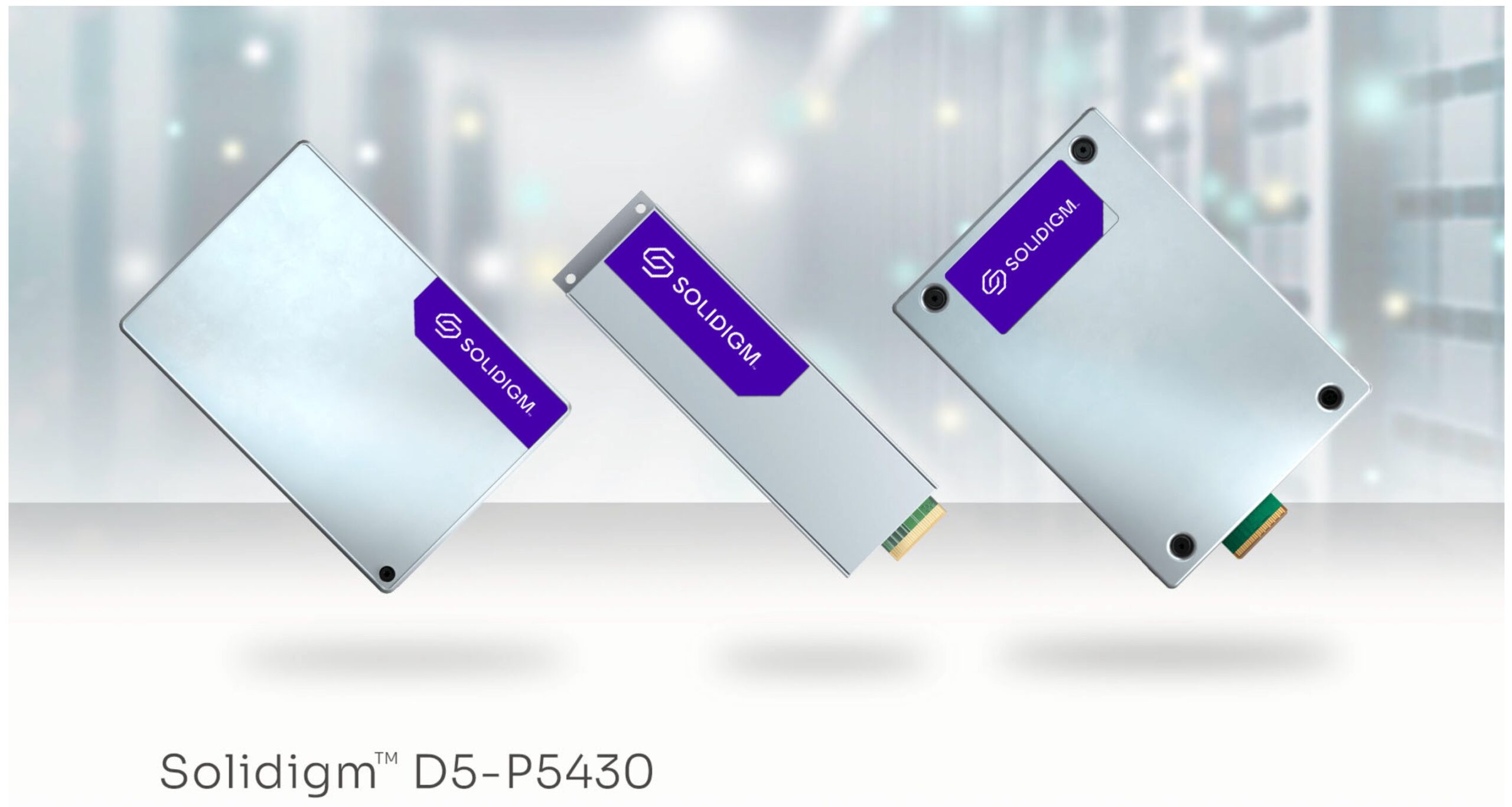An SSD failure is far more difficult to diagnose than an HDD. Solid-state drives can break down from minor malfunctions like power surge and logical errors, not from the kind of heavy physical damage that kills HDDs. That’s why coming with a guesstimate for the average life of an SSD is tricky.

An SSD failure happens quietly, and without warning. It does not happen with unnatural noises, or error beeps. In fact, subtle signs like device slow-downs, machine refusing to boot, crashing of applications are the real indicators of a possible SSD failure.
Andy Klein has a very interesting blogpost on Backblaze titled “The SSD Edition: 2021 Drive Stats Review” where he discusses at length the failure rates of SSDs. The article is based on a study conducted by Backblaze in which they looked at 2200 SSDs over the period of a couple years to gain a deeper understanding of their longevity. The stats they came up with are illuminating, to say the least. In his article, Andy writes:
The SSDs in this report are all boot drives in our storage servers. In our early storage servers, we used HDDs exclusively for boot drives. We began using SSDs in this capacity in Q4 of 2018. Since that time, all new storage servers and any with failed HDD boot drives have had SSDs installed. Boot drives in our environment do much more than boot the storage servers, they also store log files and temporary files produced by the storage server. Each day a boot drive will read, write, and delete files depending on the activity of the storage server itself.
Check out his article- “The SSD Edition: 2021 Drive Stats Review” to read his comments and observations from the study.




